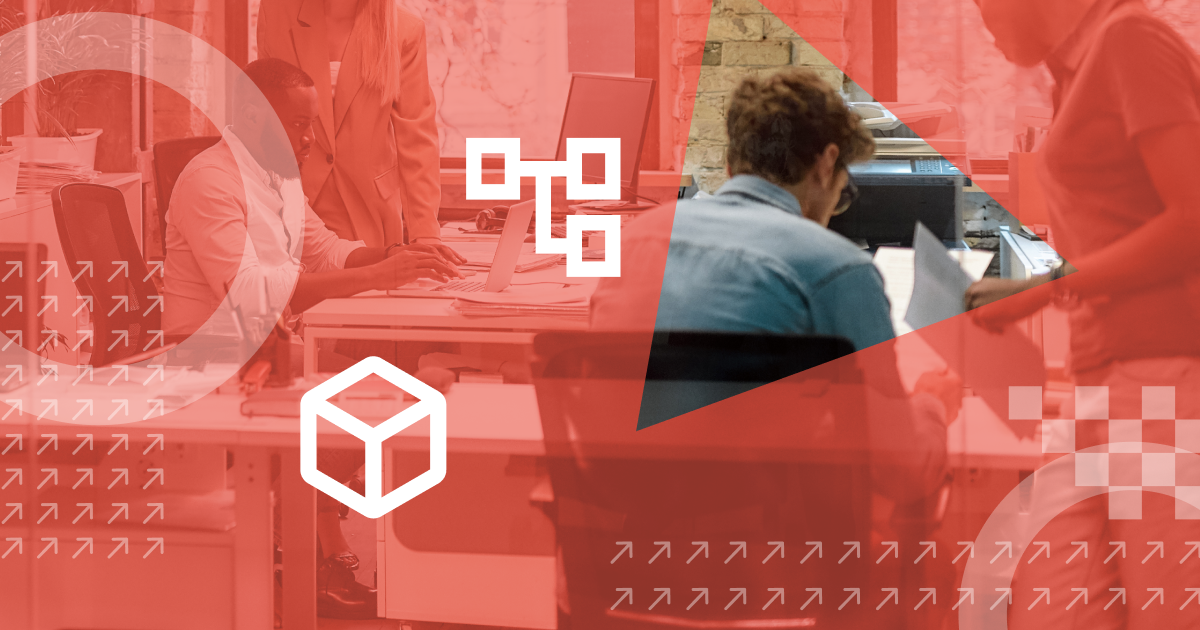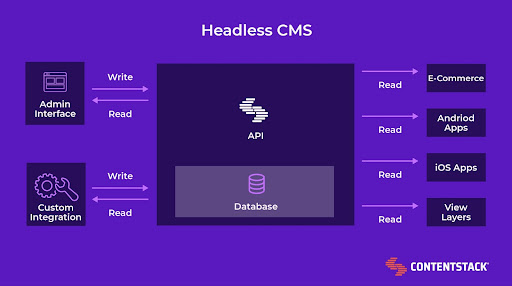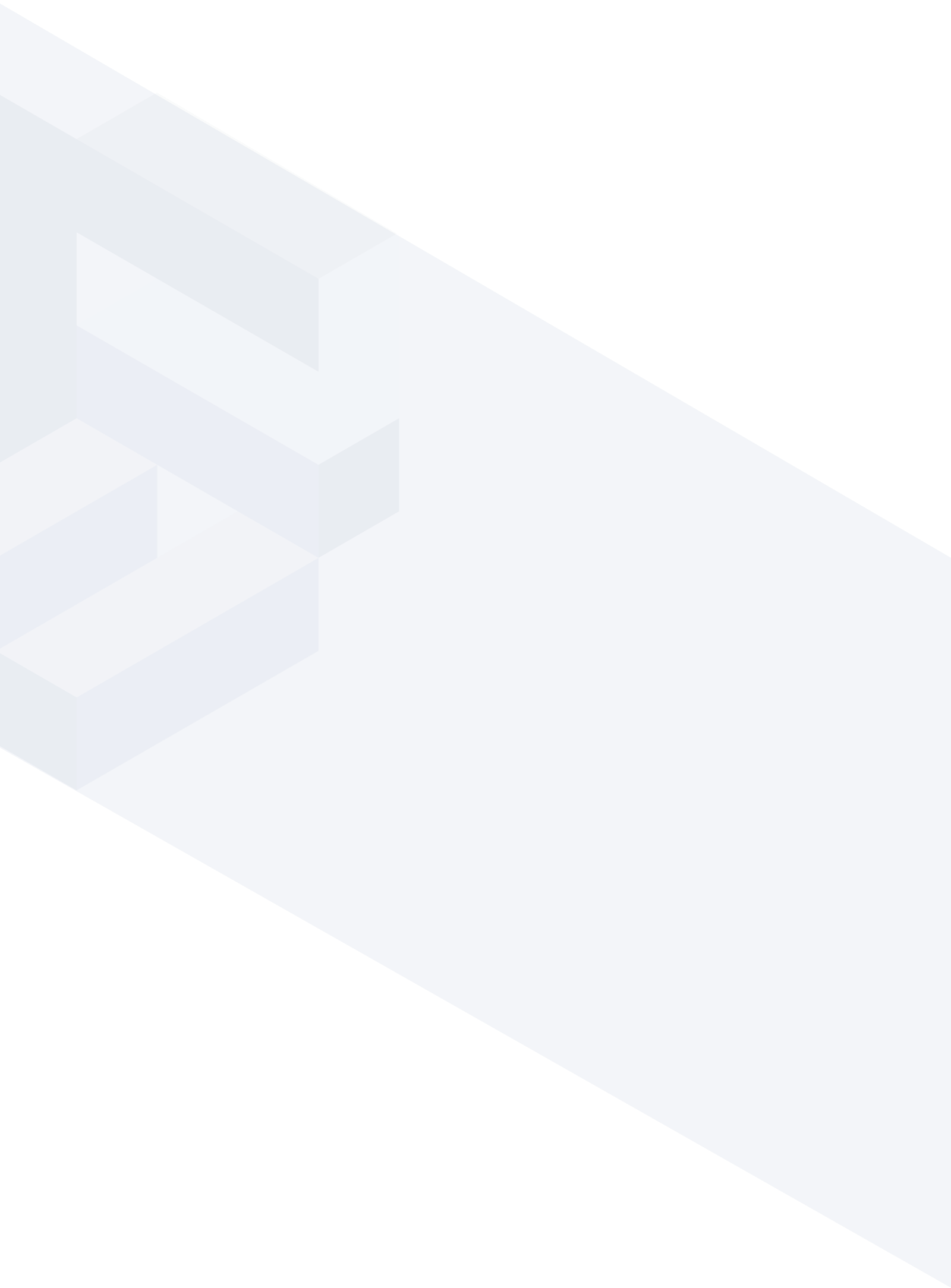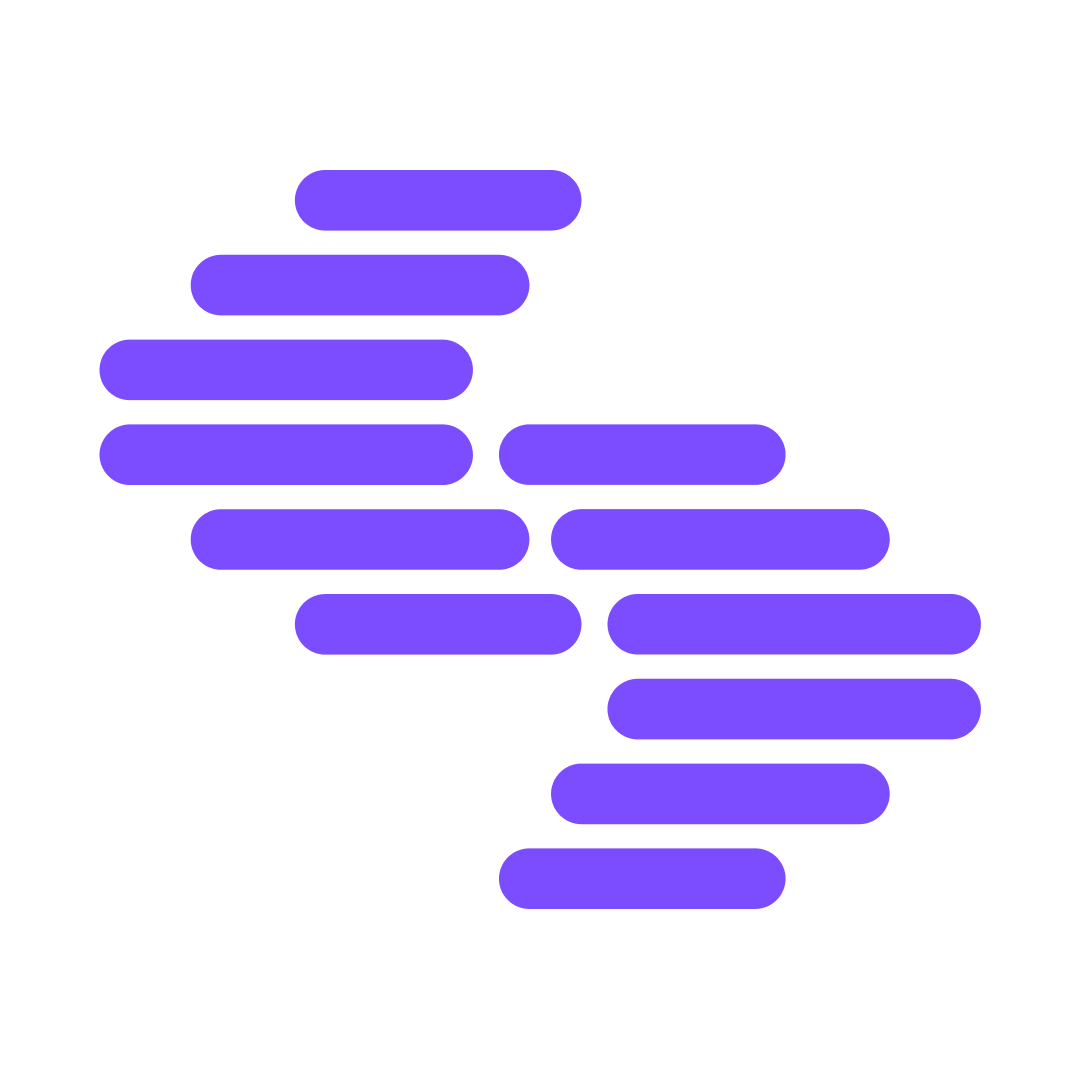How to conduct a headless CMS security audit

A headless CMS security audit allows you to assess and fix system vulnerabilities in the system. Discover the steps to audit your CMS and mitigate security risks like unauthorized access, weak passwords and data breaches. Also, define a security policy and follow through for the benefit of your developers, content creators and audience. Request a demo today.
Highlights
You'll learn how to conduct a security audit for your headless CMS.
- Define the scope of the audit: outline what you aim to cover during the audit.
- Identify vulnerabilities: Assess the security features to identify and rectify vulnerabilities.
- Assess user roles and permissions: Ensure only authorized persons can use the CMS.
- Compliance checks: Check that the system meets required industry-standard compliances like GDPR, SOC 2 Type II and HIPAA.
- Regular updates: Check for updates and patches and download them.
- Implement backup and recovery plans: create a backup and recovery plan as a contingency.
Request a demo to experience the advanced security features of Contentstack’s headless CMS.
Organizations are managing and delivering content more flexibly and efficiently thanks to headless CMSes. A headless content management system allows you to scale content delivery without disrupting operations. It is a CMS with a decoupled front end. It only comes with a back-end content hub.
Whereas the back and front ends work as one unit in a traditional CMS, they are separate in a headless CMS. Headless CMSes are API-driven and support omnichannel content delivery. They also distribute content to multiple platforms like mobile apps, social media, and IoT devices, while a traditional CMS mainly delivers content to websites.
Because of its unique architecture, a headless CMS may face some security challenges. Hence, you must take a proactive approach to secure it, and a security audit is a good place to start.

Understanding the basics of headless CMS security
Since headless CMSes do not have a front-end layer, you can deploy any framework you choose. That design makes it flexible. Yet, it throws up disadvantages, as third-party applications can serve as entry points for cyber attacks. A CMS security audit allows you to identify and fix these vulnerabilities. It also allows you to check the system configurations and security policies to ensure they are current and relevant to best practices.
CMS security policy
A security policy outlines necessary measures to guard against security concerns. It also outlines who is responsible for each action. The policy may include access controls, user roles and permissions. It may also include data management practices. The goal of a CMS security policy is to give you clarity in securing your CMS.
Security risks in a headless CMS environment
Here are common security risks to look out for;
- Weak passwords
- Poor encryption and firewall mechanisms
- Inadequate access controls.
If left unattended, these risks can lead to CMS data breaches. Ensure you authenticate all users and filter out incoming traffic. Also, set up monitoring tools and API gateways as part of your defense mechanism.
Overcome traditional CMS issues with Contentstack: Are you tired of slow development times and rising costs due to legacy monolithic suites? Contentstack offers a modern, component-based solution designed for the needs of today's enterprises. Discover agility and improved ROI. Request a demo to learn more.
Essential steps in conducting a headless CMS security audit
Define the scope of the security audit.
Outline the scope of the CMS security audit. What systems, applications and data do you hope to audit? State your objectives to ensure the audit is focused and easy to track.
Evaluate headless CMS solutions.
A proper CMS security audit starts with understanding the system's current state. Look at the system’s structure and capabilities and existing security measures. Evaluating the current system will let you catch any vulnerabilities. It also allows you to spot areas of improvement.
Evaluate user roles and permissions.
Examine user roles, authorization and authentication policies and encryption mechanisms. You can control how users interact with the CMS by defining user roles and permissions. That way, you reduce the risk of unauthorized access. Assigning user roles and permissions also ensures that only certain users can modify the system, reducing the chances of human error.
Building tech stack for headless CMS security
Evaluate the development workflow to ensure that it follows secure coding practices. Aside from the security benefits of safe coding practices, a robust tech stack improves overall CMS performance. Headless CMSes are flexible. So, you can build these tech stacks using any programming language you choose.
Data management in CMS
You also want to look at data management as part of your CMS security audit. Ensure that your CMS is set up to make it easy to store, retrieve and delete data. It is critical to implement proper data management practices to ensure data safety within the CMS environment.
CMS software updates and compliance checks
CMS platforms offer updates and patches to fix vulnerabilities and performance issues. Ensure that your system is up to date. Also, verify that CMS adheres to industry-relevant compliance standards, such as VAPT, SOC 2 Type II, HIPAA, GDPR, Etc.
Content backup and recovery plans for headless CMS
Here is a point to note. Creating system backups does not stop security attacks. But as part of your security audit, it is critical to ensure there is a back and recovery plan. You can also think of this as an incident response plan. These plans minimize your loss in the event of an attack. It also ensures you can return the system to its former state after an attack.
How to safeguard your website with headless CMS
A secure development process sets the tone for your website security. Ensuring you maintain security measures at every stage of development improves your website's resilience.
With its ability to deliver content to multiple channels, a headless CMS gives you greater control. That means you can control how users access or interact with the system.
As the headless CMS is your content repository, it holds valuable data. So, securing it also enhances website security a great deal. Ensure that the right users have access and that content creators and system administrators use strong and unique passwords within the CMS environment.
Another aspect of web security is the user interface. A good user interface improves user experience. It also minimizes human errors that can lead to security breaches. Developers must prioritize usability and incorporate user-friendly features when building the front-end presentation layer. That will reduce the risk of unintentional security vulnerabilities and promote a secure user experience.
Contentstack: A Leader in CMS Performance. Experience the strength of Contentstack, a standout performer in Forrester's Q3 2023 CMS report. Contentstack simplifies your digital experience with our back-end extensibility and global deployments. Request a demo to learn more.
Case studies
Health Karma
Health Karma offers health services, which means they would be dealing with a vast amount of customer data. So, security was a top consideration for them. From the start, their aim was to design a modular approach to manage security.
By choosing Contentstack, they could leverage a CMS with a truly modular approach to security. The Contentstack headless CMS allowed them to control what features could access data.
It also allowed them to turn off unused features without disrupting the whole system.
With the security assurance from Contentstack, it became easier to create variations of personalized services. The modular approach also strengthened data CMS within the CMS environment.
Michael Swartz had this to say about Contentstack.“The more we build in Contentstack, the more personalization we can offer, and the more scalable deployments we can do.”
Read more about Health Karma’s content scale-up after opting for a secure CMS.
Weaveworks
Weaveworks offers developers a platform to build containerized applications. So, it is essential that they provide a safe development environment for DevOps teams.
Before opting for Contentstack, Weaveworks relied on WordPress for its content management needs. They soon discovered the weaknesses of the system, requiring them to rely on a third-party agency for modifications.
By switching to Contentstack, they can now assign specific roles to various team members with different access controls and permissions. They can also rely on Contentstack's water-tight security for their CMS environment. The security assurance from Contentstack's headless CMS has made them more efficient. Content delivery grew by 50%, publishing speed increased by 75%, and they do not need to rely on third-party agencies to modify content.
This is what Sonja Schweigert, Vice President of Marketing, had to say, “It’s hassle-free every time. Our team can easily take some copy and launch a blog post in 10 minutes. They’re no longer a nasty to-do item on the list.”
Read more about Weaveworks’s success story after switching to Contentstack.
FAQ section
What is a CMS security audit?
A CMS security audit is a thorough assessment of your CMS's security features. The aim of a security audit is to identify and fix gaps, vulnerabilities and any security issues identified. A typical audit would assess CMS settings and configurations, user roles and permissions, development environment, compliances and incident response policy.
What are the common security threats in a Headless CMS?
Common security threats in a Headless CMS include data breaches, unauthorized access and weak passwords.
How does a headless CMS offer better security?
A headless CMS is API-driven and has fewer access points than a traditional CMS, making it more secure. And since it does not have a front-end, it is less vulnerable to some attacks. Headless CMS providers offer apps, integrations, and regular updates and patches for better security.
Learn more
A headless CMS security audit is an essential step in safeguarding your website. It helps you identify and correct security lapses and vulnerabilities. That way, you can secure your CMS and increase efficiency.
This proactive approach also enables you to create a safer environment for your content creators, leading to better digital experiences for your users. Take the first step towards CMS and website security. Request our demo to discover the advanced security features and peace of mind that Contentstack offers.
About Contentstack
The Contentstack team comprises highly skilled professionals specializing in product marketing, customer acquisition and retention, and digital marketing strategy. With extensive experience holding senior positions at renowned technology companies across Fortune 500, mid-size, and start-up sectors, our team offers impactful solutions based on diverse backgrounds and extensive industry knowledge.
Contentstack is on a mission to deliver the world’s best digital experiences through a fusion of cutting-edge content management, customer data, personalization, and AI technology. Iconic brands, such as AirFrance KLM, ASICS, Burberry, Mattel, Mitsubishi, and Walmart, depend on the platform to rise above the noise in today's crowded digital markets and gain their competitive edge.
In January 2025, Contentstack proudly secured its first-ever position as a Visionary in the 2025 Gartner® Magic Quadrant™ for Digital Experience Platforms (DXP). Further solidifying its prominent standing, Contentstack was recognized as a Leader in the Forrester Research, Inc. March 2025 report, “The Forrester Wave™: Content Management Systems (CMS), Q1 2025.” Contentstack was the only pure headless provider named as a Leader in the report, which evaluated 13 top CMS providers on 19 criteria for current offering and strategy.
Follow Contentstack on LinkedIn.






.svg?format=pjpg&auto=webp)
.svg?format=pjpg&auto=webp)
.png?format=pjpg&auto=webp)






.png?format=pjpg&auto=webp)


